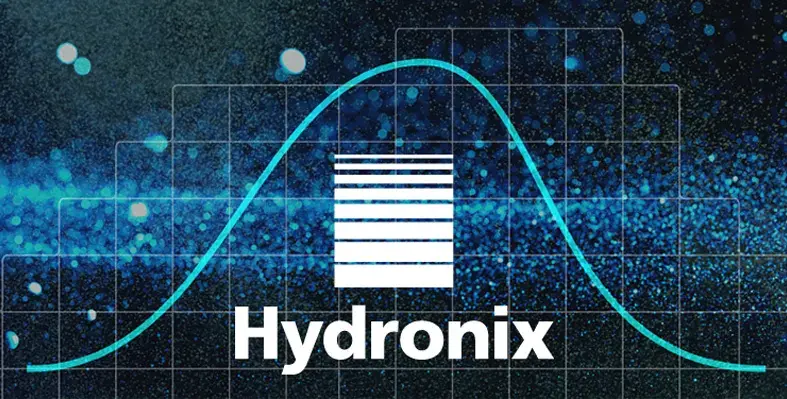There is a common misconception that, where moisture measurement is required, there is a choice between NIR and microwave sensors
Both technologies can measure moisture, but each has its advantages and disadvantages in different applications that must be considered.
This article compares both NIR and microwave systems and explains that, when it comes to measuring and controlling moisture, these technologies do not compete against each other but are complementary solutions. Each system should be selected based on what they do best.
Comparison: NIR and Microwave
NIR sensors can, in addition to moisture, measure other constituents like fat and protein content. They do not require contact with the actual substance being measured; and as they measure only the surface layer are able to measure small amounts and static material.
Digital microwave sensors, use a penetrative measurement technique to measure deeper into the material. they are not affected by changes in dust, light and material colouration. They can use a highly wear resistant ceramic that is designed to withstand material contact rather than delicate lenses. This enables microwave sensors to withstand high wear, dusty industrial environments.
Complementary: NIR and Microwave
Because of the huge range of potential applications, and the wide range of requirements within each of those applications, NIR and digital microwave sensors each have their place. The key is to understand what type of sensor to choose for each application, how many to install, where to place them and where they would benefit from being paired with a counterpart, whether NIR or digital microwave. They are not mutually exclusive.
One common example is drying applications where controlling the moisture will affect the amount of protein denaturisation and degradation that occurs. Digital microwave sensors can be used before and after the process to measure the moisture content of the material and determine control variables for the dryer.
Conclusion
Sensors should be used for their relevant strengths and specific purpose, for example, NIR to measure fat and protein measurement and/or where small amounts or static material must be measured. Digital microwave sensors where only moisture measurement in online dynamic processes is required.
This can result in a comprehensive, cost-effective solution for a much wider range of process steps, and better overall process control.Read the entire story: https://hubs.li/Q02V74kM0





